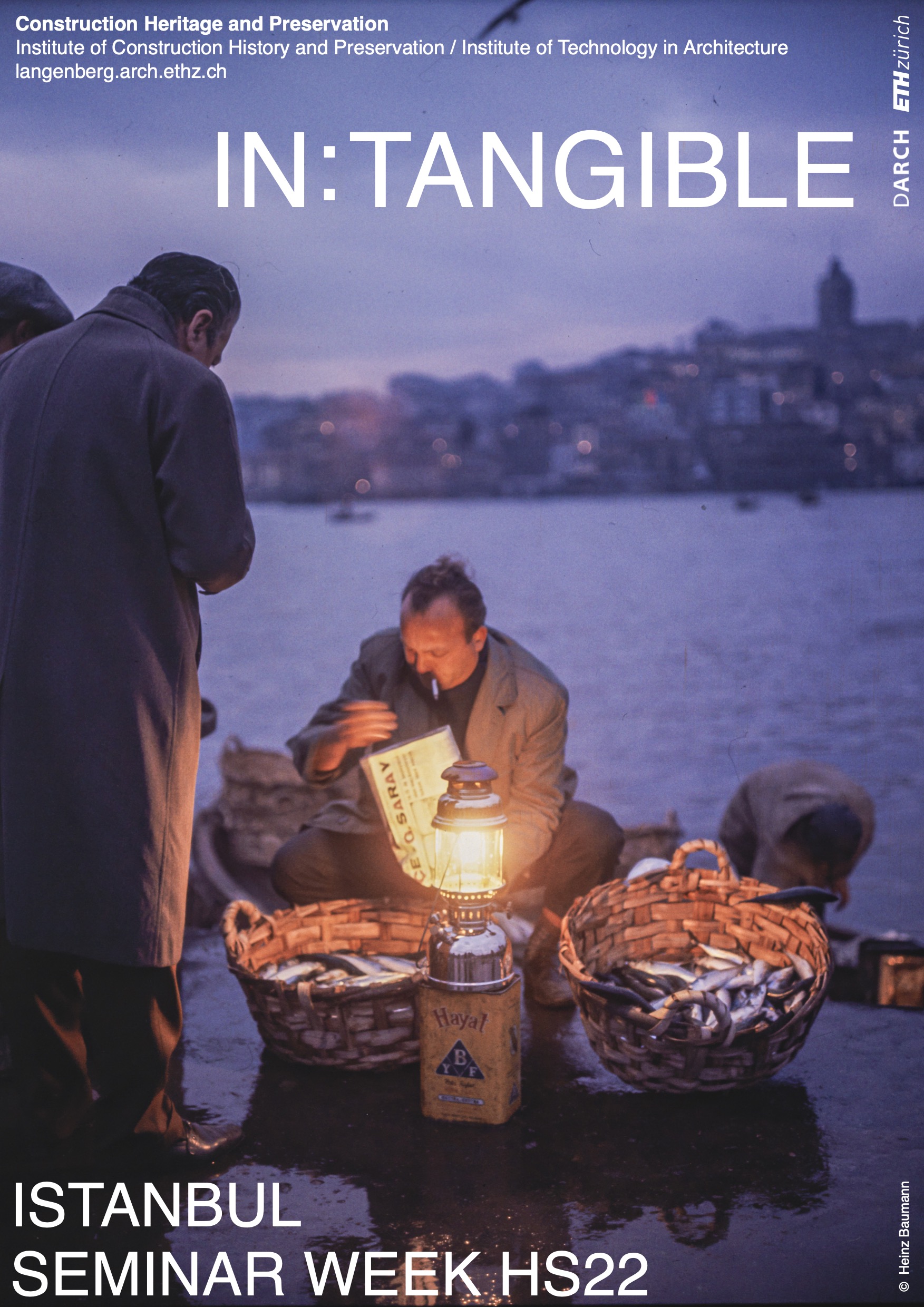
A city is more than the sum of its buildings. As cultural norms, religious beliefs, technological advances prevail over one another, its buildings, its inhabitants, their daily lives and rituals evolve. New infrastructure expedites the city’s growth while fires, floods, earthquakes and pandemics lead to abrupt changes in its built fabric and demographics. Novel building methods replace older ones, new structures appear. Its neighborhoods loose or gain value. Buildings are abandoned, appropriated, or put into new uses. Its public spaces constantly gain new meaning, sometimes overnight. With every change, the city acquires new layers, it grows or shrinks. Every decision and action leaves traces of the past and influences the future. Parts of the city’s heritage are kept alive through buildings and monuments, as well as through paintings, books and stories, while others fall into oblivion. Through this process, the city slowly gets imbued with its unique character, gaining both tangible and intangible qualities.
In the Fall Semester of 2022, our aim is to discover the connections between Istanbul’s tangible and intangible heritage. By experiencing daily rituals and activities such as eating, trading, learning, praying, commuting, resting and their associated spatial manifestations, we will observe and discuss their agency in the city’s development, explore its past and present, and contemplate on its future.